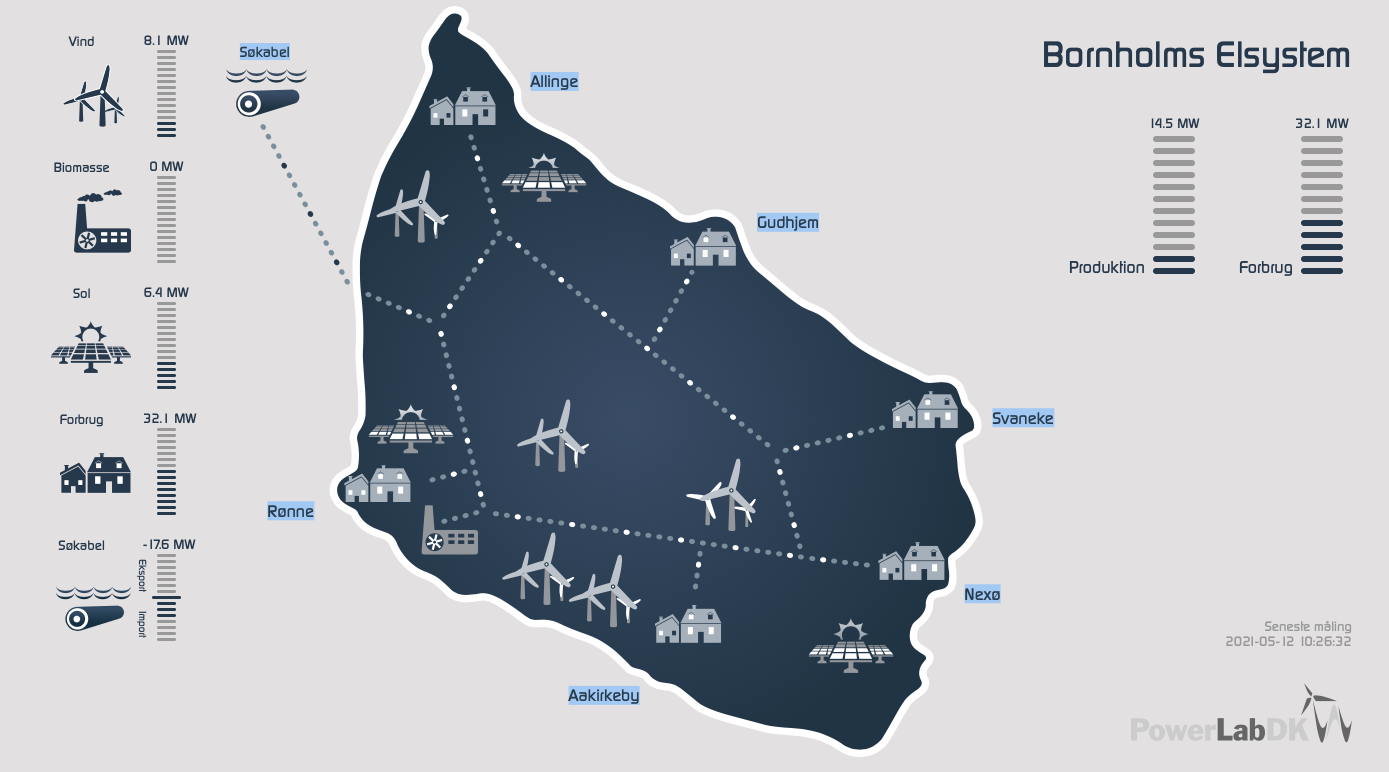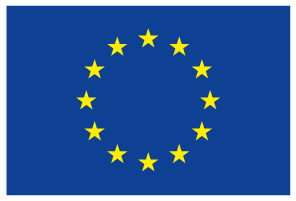Denmark
Ongoing
- Type : Energy planning, Project
- Size : Regional
- Area : Industrial, Residential, Utility
Environmental benefit
District heating in Bornholm and Bornholms Forsyning
Share
Denmark
Ongoing
- Type : Energy planning, Project
- Size : Regional
- Area : Industrial, Residential, Utility
Environmental benefit
Discover this use case online

District heating is part of the 2025 Energy Strategy for Bornholm that envisions turning Bornholm into a carbon-neutral society based on sustainable and renewable energy by 2025.
There are two utility companies at Bornholm, where Bornholm Utility is the largest and operates the DH plants in seven out of the nine town areas. The other utility is Rønne Water and Heat.
The production of heat is based on various types of technologies; In Rønne, the heat supply is primarily based on heat from waste incineration and excess heat from electricity production based on wood chips and coal (CHP). The peak load is from oil boilers. Nexø Heat Supply was established in 1989 and all heat is produced on a new 12.5 MW straw boiler. An oil boiler of 9 MW is used as back-up and the plant has an 825 m3 steel tank. The heat production from the plant in Klemensker is also based on straw from a 3.5 MW boiler in connection to an 800 m3 steel tank.
The plant in Aakirkeby is a newer plant from 2010. The heat is produced on an 8 MW wood chip boiler. The heat production in Vestbornholm / Hasle is based on biomass from a 4 MW straw boiler and 3 MW wood pellet boiler as peak load. This is also the case for the new plant in Østerlars from 2013, where heat is produced based on a straw boiler including wood chip pellet boiler and electric boiler as peak load units.
The strategic energy plan for Bornholm states the goal of Bornholm being fossil free in 2025. The main actions to reach the goal is a new wood chip CHP plant in Rønne or utilizing geothermal heat in connection to the plant in Rønne. Other actions to reach the goal is a higher share of biomass and establishment of solar collector plants, e.g. a 10,000 m2 solar area could be connected to the new wood chip boiler in Allinge. Transmission lines will also be part of the plans, where the heating supplies in Rønne, Hasle and Aakirkeby will be connected from 2017 (planned).
 R-ACES has received funding from the European Union’s Horizon 2020 research and innovation programme under grant agreement N° 892429
R-ACES has received funding from the European Union’s Horizon 2020 research and innovation programme under grant agreement N° 892429
District heating is part of the 2025 Energy Strategy for Bornholm that envisions turning Bornholm into a carbon-neutral society based on sustainable and renewable energy by 2025.
There are two utility companies at Bornholm, where Bornholm Utility is the largest and operates the DH plants in seven out of the nine town areas. The other utility is Rønne Water and Heat.
The production of heat is based on various types of technologies; In Rønne, the heat supply is primarily based on heat from waste incineration and excess heat from electricity production based on wood chips and coal (CHP). The peak load is from oil boilers. Nexø Heat Supply was established in 1989 and all heat is produced on a new 12.5 MW straw boiler. An oil boiler of 9 MW is used as back-up and the plant has an 825 m3 steel tank. The heat production from the plant in Klemensker is also based on straw from a 3.5 MW boiler in connection to an 800 m3 steel tank.
The plant in Aakirkeby is a newer plant from 2010. The heat is produced on an 8 MW wood chip boiler. The heat production in Vestbornholm / Hasle is based on biomass from a 4 MW straw boiler and 3 MW wood pellet boiler as peak load. This is also the case for the new plant in Østerlars from 2013, where heat is produced based on a straw boiler including wood chip pellet boiler and electric boiler as peak load units.
The strategic energy plan for Bornholm states the goal of Bornholm being fossil free in 2025. The main actions to reach the goal is a new wood chip CHP plant in Rønne or utilizing geothermal heat in connection to the plant in Rønne. Other actions to reach the goal is a higher share of biomass and establishment of solar collector plants, e.g. a 10,000 m2 solar area could be connected to the new wood chip boiler in Allinge. Transmission lines will also be part of the plans, where the heating supplies in Rønne, Hasle and Aakirkeby will be connected from 2017 (planned).
